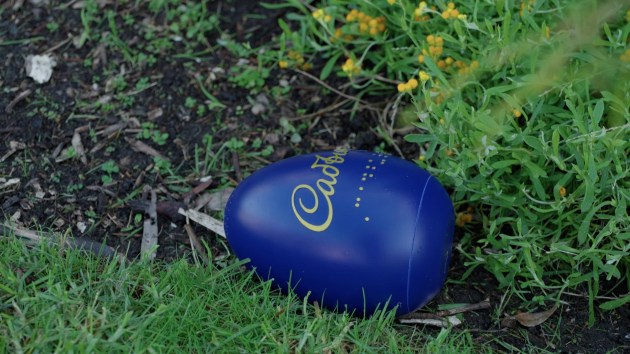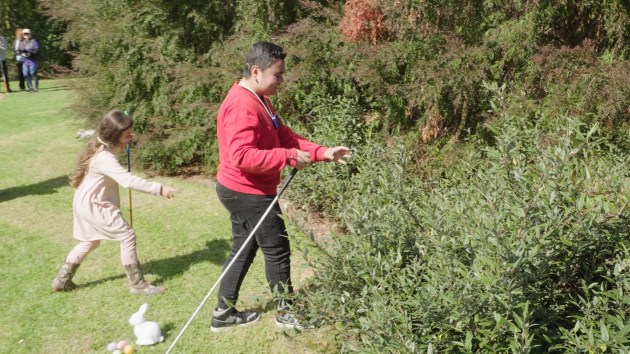Cadbury has flipped the model of the traditional Easter egg hunt to instead rely on sound, and not sight, making the tradition more accessible, developing new technology in collaboration with creative technology studio, FutureLabs, to enable those with vision impairment to experience the joy of the annual Easter egg hunt for the first time.
Its long-standing partnership with The Royal Children’s Hospital’s Good Friday Appeal spanning over 20 years, has inspired a further exploration of what ‘inclusivity’ should look like.
As a brand known for the taste and appearance of its Easter eggs, Cadbury says it understood that for most, the Easter hunt is done on sight – who can spot the bright wrappings first, for those who are visually impaired this isn’t possible.

Mondelez senior marketing manager for ANZ Kathy De Lullo said after working closely with the FutureLabs team, the new technology had been successfully trialled at the first ever ‘accessible’ Easter egg hunt.
“Having worked closely with The Royal Children’s Hospital’s Good Friday Appeal for years, we’ve seen the joy that holidays like Easter bring to children first hand. Upon recognising the logistics of an Easter egg hunt are harder for vision impaired children, we set out to make a change for the better, and hence engaged the team at FutureLabs to help us make Easter an accessible occasion for all.
“We were overwhelmed by the happiness and excitement on the faces of those who participated in our trial, and look forward to continuing on our mission to make Easter something that everyone can celebrate,” said De Lullo.

Cadbury also worked closely with Blind Citizens Australia (BCA), the national representative organisation of people who are blind or vision impaired, on the project. Through focus groups and ongoing discussion, the BCA generously shared insights from both the organisation and its members as to what this initiative means to the vision impaired community.
CEO of Blind Citizens Australia, Sally Aurisch said that through the creation of accessible events, barriers could be broken and communities built where people who are blind or vision impaired can participate fully and equally.
“We’re happy to see initiatives such as this, that help increase the accessibility of day-to-day life for people who are blind or vision impaired and bring awareness to the barriers that people with disability face every day,” said Aurisch.
This year Cadbury’s annual $100,000 donation to the Good Friday Appeal will be directly in support of further research and development in the area of blindness and vision in Australia.
Good Friday Appeal, executive director Rebecca Cowan said: “Cadbury has been a valued fundraising partner of the Good Friday Appeal since 2001, and in this time has raised over $1.8m through initiatives and donations such as our past Easter egg hunts and chocolate eggs and hampers for our volunteers and fundraisers.”
The funding from Cadbury will assist The Royal Children’s Hospital Ophthalmology department to have access to the latest equipment and technology with the upgrade of RETCAM, a vital tool used in screening for eye disease in newborns.







